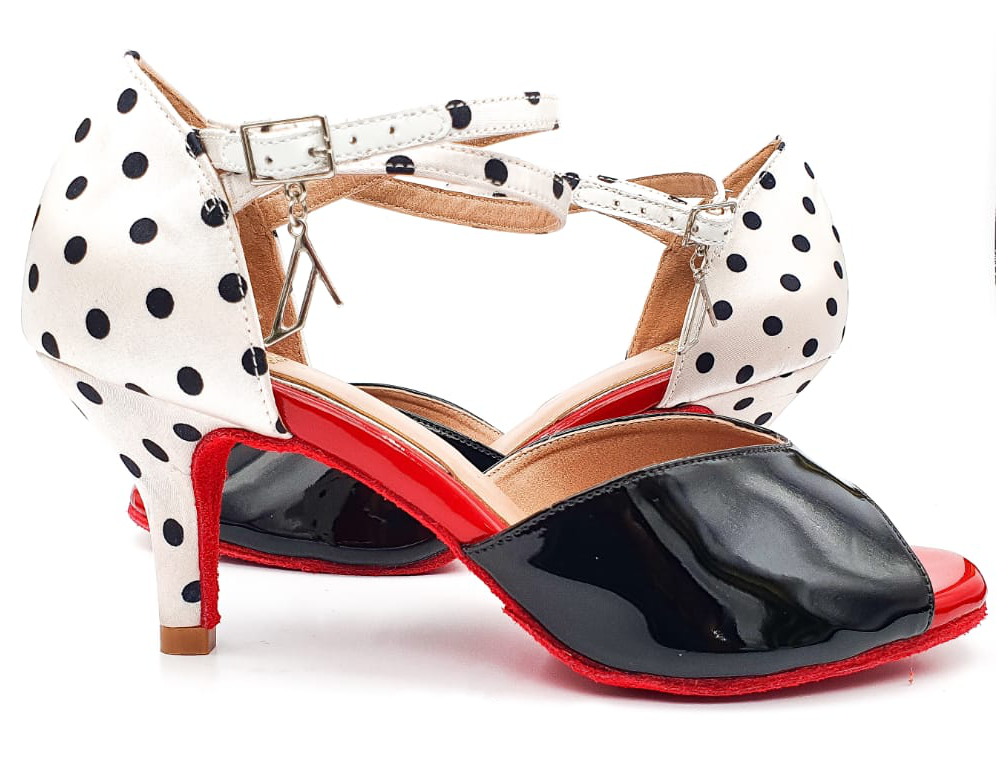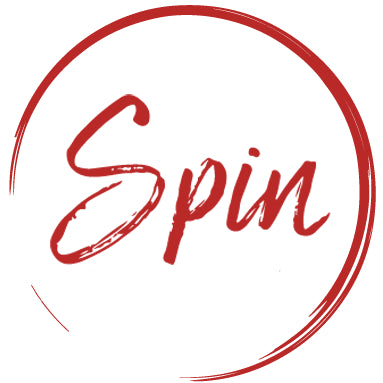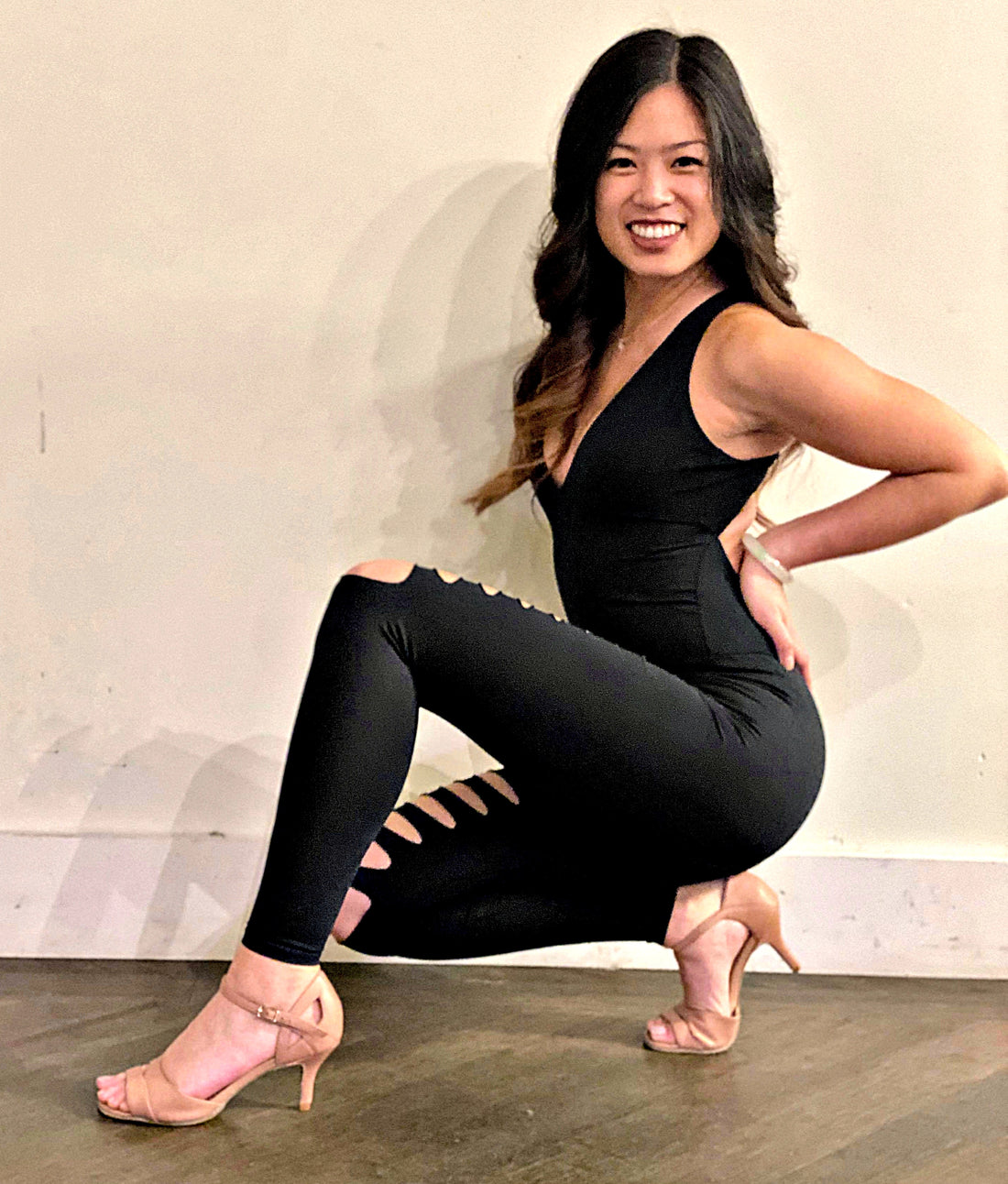Connie Liu, 28, is an occupational therapist specialized in hand/upper extremity and concussion rehabilitation. Born and raised in Portland (OR), dance has become a hobby and a lifestyle she loves. We asked her about her thoughts on dance shoes with heels and her opinion on Adriana Gronow Dance Shoes.
*Spin: How long you have been dancing, and which styles of dance do you usually practice.
**Connie: I have been dancing for about 1.5 years. I primarily dance bachata and kizomba and have tried salsa, cumbia, and brazillian zouk. I plan on continuing to diversify my dance styles and continue to do so in my AG shoes!
*Spin: What do you look for in a dance shoe? What is more important to you?
**Connie: From the time I started dancing, comfort was always my first choice. I initially danced in flat Toms because they felt the most comfortable for me and was often told that I looked like the most comfortable person on the dance floor. I didn't know much about dance shoes in general and for my first pair of heels opted for one off Amazon. For the mean time they worked but my feet would get very tired very fast so I added padding to the ball of the foot. I don't care about getting the top brand of dance shoe and like most people, I look for shoes that fit my style. After finding a style I like, I start to do my research on the design and review all the comments about the shoe in terms of comfort. When I first heard about AG shoes, I was immediately interested due to the collaboration with physiotherapists in the design of their heels. Having a shoe that fits properly, is ergonomic, and allows for the biomechanical motion of the feel/ankle has its benefits and decreases the chance of injury while dancing. The very night I picked up my first pair, I was able to dance for two hours straight and felt like I could dance for another two hours with no problem at all.
*Spin: Do you think that the type of heel must vary according to the style of dance?
**Connie: Not knowing too much about each style of dance, I am sure the type of heel can affect how the dance is performed and the overall look of it. It will typically take some adjustment when changing the style of shoe you are used to dancing in whether it be a flat shoe or heels with varying height/thickness of the heel in terms of how your weight is being distributed over both feet, weight shifting, and balance. Many of us have a favorite shoe we dance in and our body becomes used to how we move in that particular shoe. I do, however, believe that if you have a quality shoe that provides comfort and a proper fit, you will be able to dance in almost all different styles. I have always felt balanced in my AG shoes even though they have a thinner heel than my first pair off Amazon. It just takes practice!
*Spin: How do you think AG shoes are different from other popular brands? Would you recommend them?
**Connie: It is really nice to see the information about AG shoes history in the website. The biggest difference I have found with AG shoes is they are very forefront with their collaboration with physiotherapists. I appreciated the history behind the design of each shoe that is shown across the board no matter the style. It is important for a shoe to fit properly to ensure biomechanical function of the foot and ankle to prevent injury. I, myself, have multiple AG shoes of varying heel height and I absolutely love them! I know that whatever style I look into with AG shoes, I will be getting a quality shoe that will last a long time and continue to provide comfort with every dance. For this, I highly recommend AG shoes to everyone!


